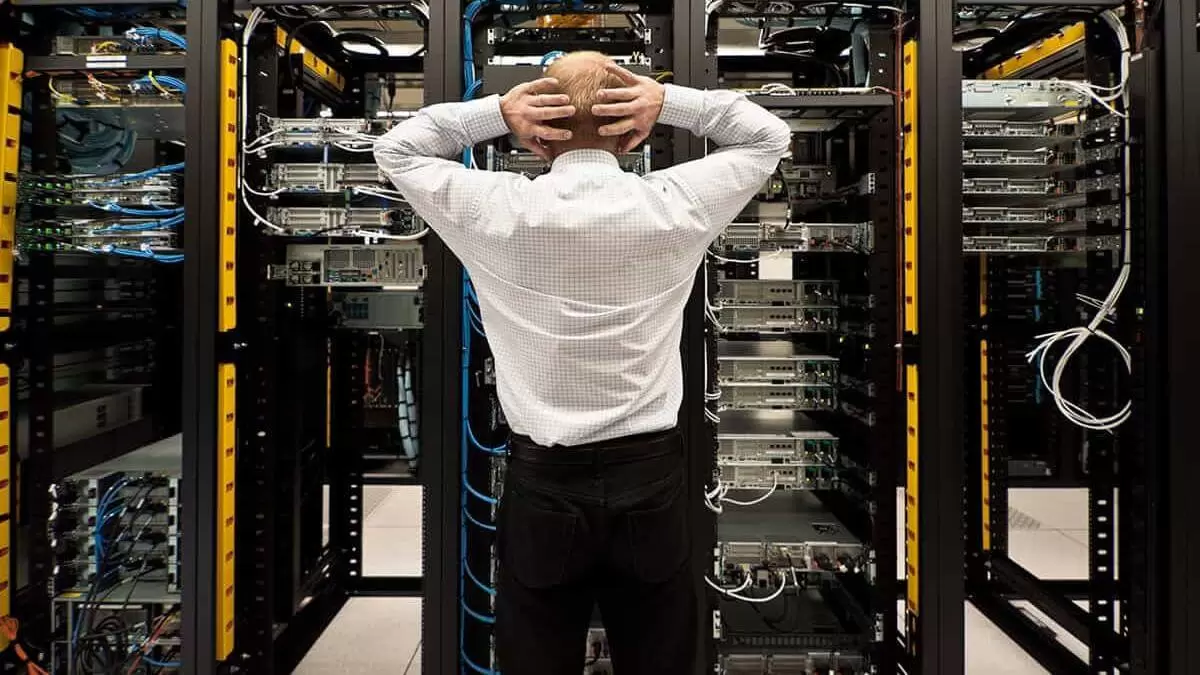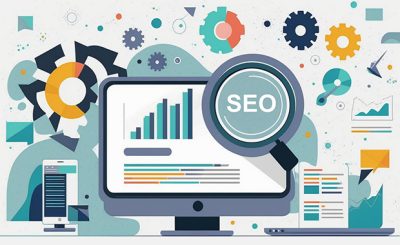IT issues are particular to architecture, engineering, and construction (AEC) firms. The AEC industry, unlike many others, relies heavily on a variety of field personnel who rarely have consistent device use or stable internet access. These conditions can prompt lacking help choices, security holes, and even work delays. The provision of the resources necessary for the business unit to carry out its core functions is the objective of IT in any organization. All initiatives, bids, and projects are initiated, completed, and concluded through IT. Equally important, IT security offers the essential safeguards required to lessen the risk posed by the rapidly expanding threat environment. IT and online protection are both basic parts of an association that by and large get a huge piece of the general financial plan. Get Managed IT Services
Sadly, the IT ecosystem is not always in a state of equilibrium. Even minor user issues and system failures can have a significant impact on business operations. The most significant challenges faced by construction companies of all sizes are outlined below.
“Failing” Cyber Liability Insurance Compliance – Multi-Factor Authentication and Single-Sign-On (MFA + SSO)
Digital Obligation protection necessities have expanded in a couple of years. Multi-factor authentication must generally be used for all corporate system access to adhere to these new standards.
This indicates that to authorize access, two distinct authentication methods must be used for all servers, email, core corporate apps, and administrative access. In addition to corporate systems, newer requirements sometimes require full MFA on all devices.
Currently, MFA and Single-Sign-On (SSO) are the account security standards. Every user has a single login experience that is validated by multiple authentication factors and shares their identity across applications so that they only need to log in once. These systems can be difficult to set up and expensive to manage, necessitating the use of specialized teams.
Improper Monitoring and Management of Devices
It can be difficult and time-consuming to keep track of patches, threats, compliance statuses, systems, and patches.
IT and device costs can dramatically rise as an organization expands without proper management. For instance, keeping track of a device’s warranties can assist in determining whether or not repairs will be covered or will require a significant investment.
All of these features are made possible by RMM (remote monitoring and management) tools. An association can fix, screen, control, and track gadgets with an RMM. The ability to remotely monitor assets aids in lowering long-term costs and streamlining IT overhead.
Unstable and Unsecured Remote Site Work
In remote locations, secure firewalls, routers, and access points in conjunction with a dedicated internet connection can significantly accelerate projects and reduce service and security disruptions.
Secure VPN access into the corporate framework can likewise give a safeguarded channel through which telecommuters can get to the professional workplace and access center undertaking information.








